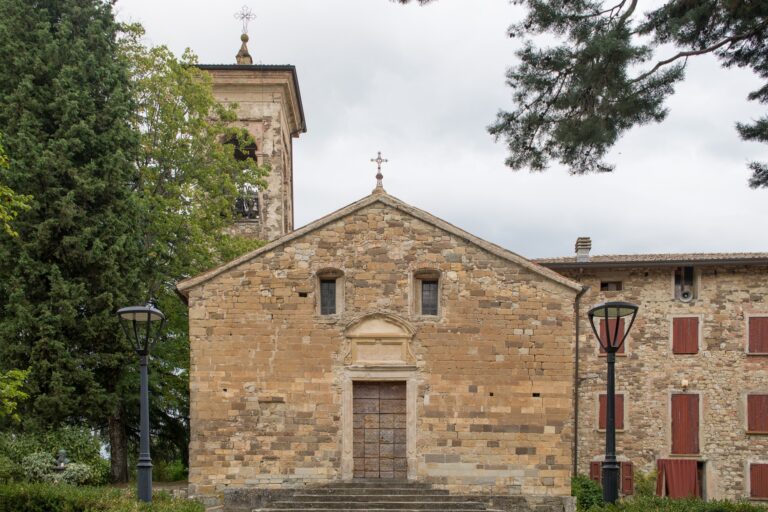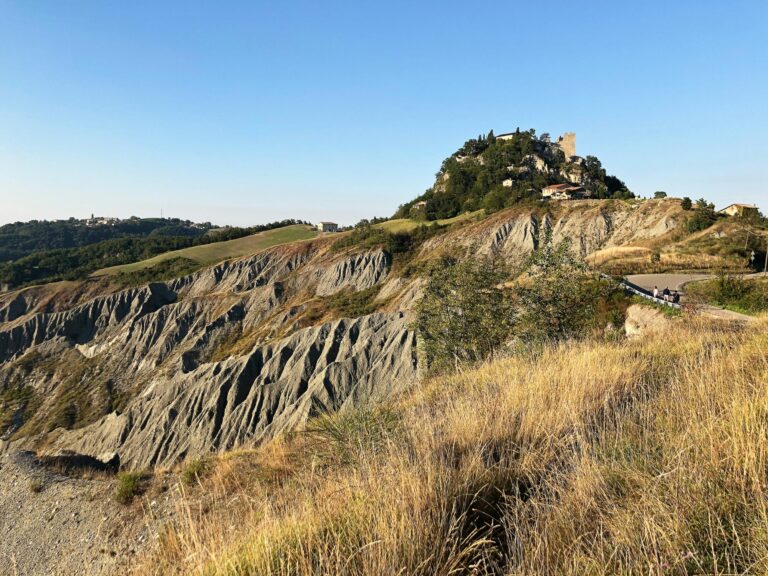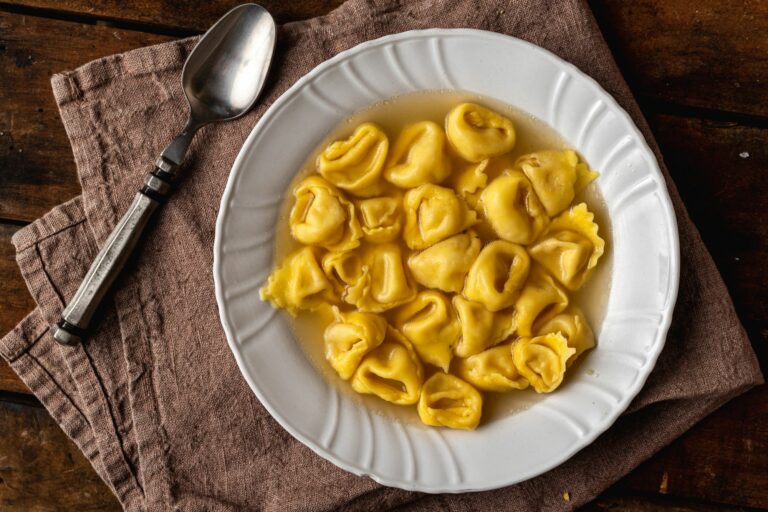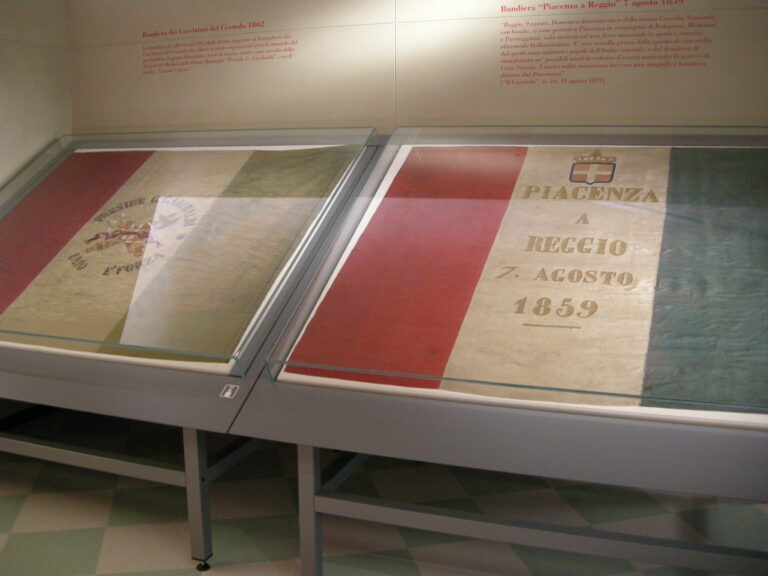Scandiano, defined by Carducci as a land of scholars and poets, was the birthplace of some important figures in Italian history such as Matteo Maria Boiardo, one of the best known and most important Italian writers of the 15th century, and Lazzaro Spallanzani, one of the fathers of modern biology . It has a charming historic center and ten hamlets: Arceto, Cacciola, Ca’ de Caroli, Chiozza, Fellegara, Jano, Pratissolo, Bosco, Rondinara, San Ruffino and Ventoso. Immersed in the Emilian countryside, it preserves interesting vestiges of its past, worthy of attention and worthy of a visit.
What to see in Scandiano? Here are 5 things not to be missed!
The Rocca dei Boiardo
The Rocca dei Boiardo is a monument of great historical and cultural value. The architectural complex has undergone many renovations over time. Born in the fourteenth century as a place of defense with the noble Da Fogliano family, in the following century it was transformed into a stately home by the Boiardo family (from which it takes its name) and finally into a Renaissance palace by the Thiene marquises in the sixteenth century and by the Este princes among Six and eighteenth centuries. Different styles coexist in it: medieval, renaissance, baroque and modern. The entire history of Scandiano and its people took place inside: Matteo Maria Boiardo was born there, the poet Francesco Petrarca, the reformer Giovanni Calvino and Pope Paul III stayed there, while Lazzaro Spallanzani used to carry out his experiments in the basement.
The parish church of Santa Maria
In Piazza Matteo Maria Boiardo, in the immediate vicinity of the Rocca, is the Pieve di Santa Maria, the parish church dedicated to the Nativity of the Blessed Virgin Mary. It was built in the first half of the 15th century at the behest of Feltrino Boiardo on a project by a Ferrarese architect. It has a vertically tripartite facade surmounted by a large curved pediment. Inside it houses works of great interest such as the painting of Santa Caterina d’Alessandria by the Bolognese painter Bartolomeo Passarotti, the canvas of the Madonna delle Grazie by the Reggio painter Orazio Talami and the statuary group of the Madonna del Rosario by Antonio Baiardi.
The Church of San Giuseppe
Another religious building to visit is the Church of San Giuseppe. It was built in the first half of the 16th century on the site where a chapel officiated by the Confraternity of San Giuseppe already existed. The facade, designed by the architect Francesco Iori, and the bell tower, attributed to A. Bazani, date back to the 18th century. Among the works present, we note the painting, placed above the high altar, depicting the marriage of St. Joseph and Mary made by F. Miselli and two valuable carvings in the Chapel of the Crucifix: a wooden tabernacle attributed to F.D. Ceccati and the organ decoration by the sculptor Giacomo Cocconcelli.
The Civic or Clock Tower
Not to be missed is the Civic or Clock Tower, also known as the “Campanone”. It was built by Feltrino Boiardo in the first half of the 15th century and was originally the entrance door to the ancient medieval village. The bell that strikes the hours was blessed in the 16th century by Pope Paul III. Of notable interest is the hour dial that overlooks via Magati, equipped with a single sphere and with the pin in the shape of the sun.
The Castle of Arceto
And last but not least, the Castle of Arceto, located in the hamlet of the same name. It is a typical example of a well-preserved medieval castle where the circuits of the pits and walls are still legible. Its construction dates back to the 10th century by the bishops of Reggio even if the current appearance is the result of a series of restoration interventions. Worthy of note is the monumental staircase built by the De Mari marquises in 1750. In the well-preserved internal courtyard, the oratory of San Rocco stands out, built in the 16th century by the Thiene marquises.
Photo © Arianna Perez – Wikipedia
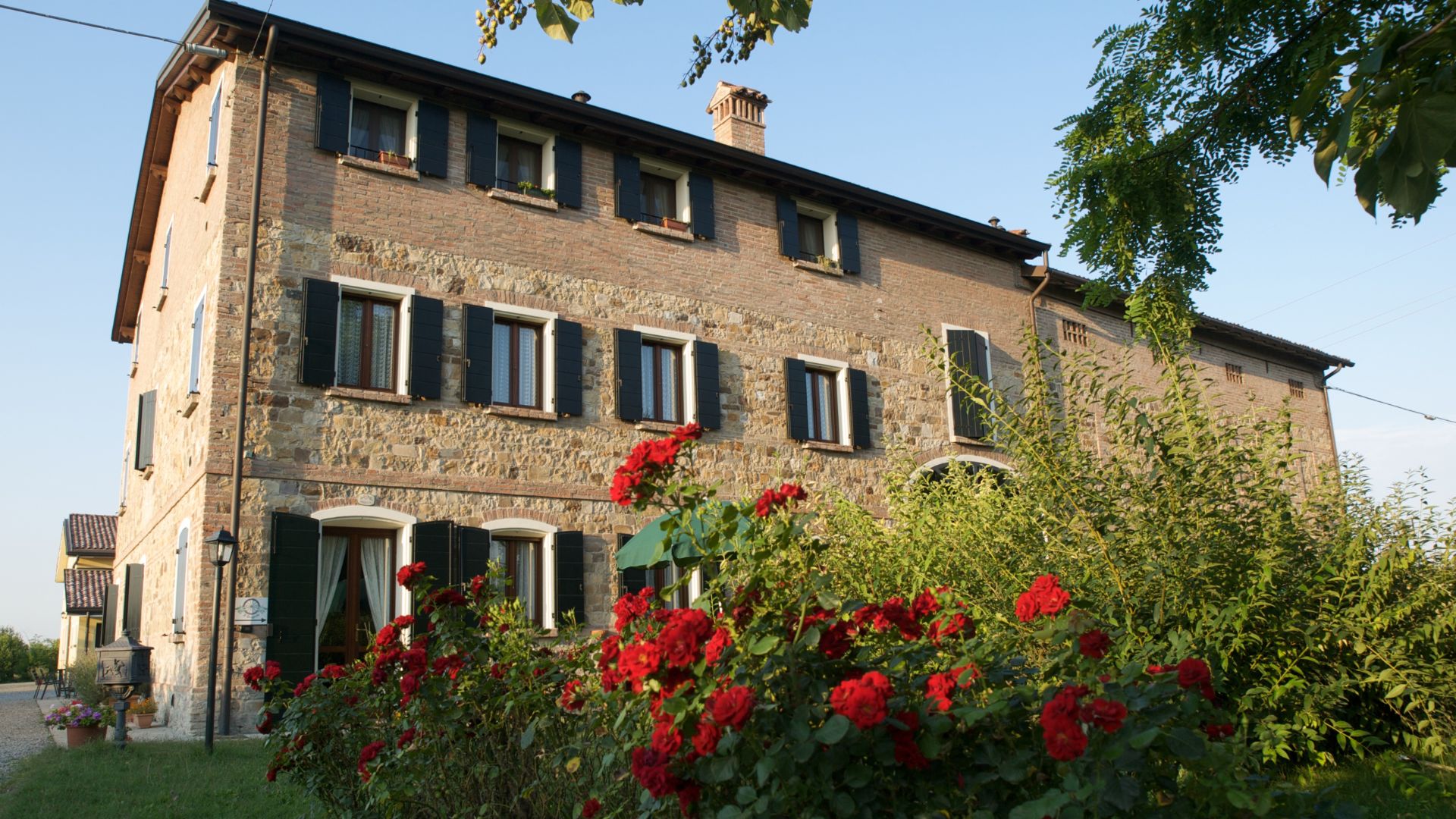
AGRITURISMO IL BRUGNOLO
Welcome to il Brugnolo
If you’re looking for completely independent apartments surrounded by greenery you really are in the right place here!
In fact, Brugnolo is immersed in the green nature of the Emilian countryside. For your relaxation, for that of your children, and again for the runs of your 4-legged friends, you will have 6000 square meters of park at your disposal!


